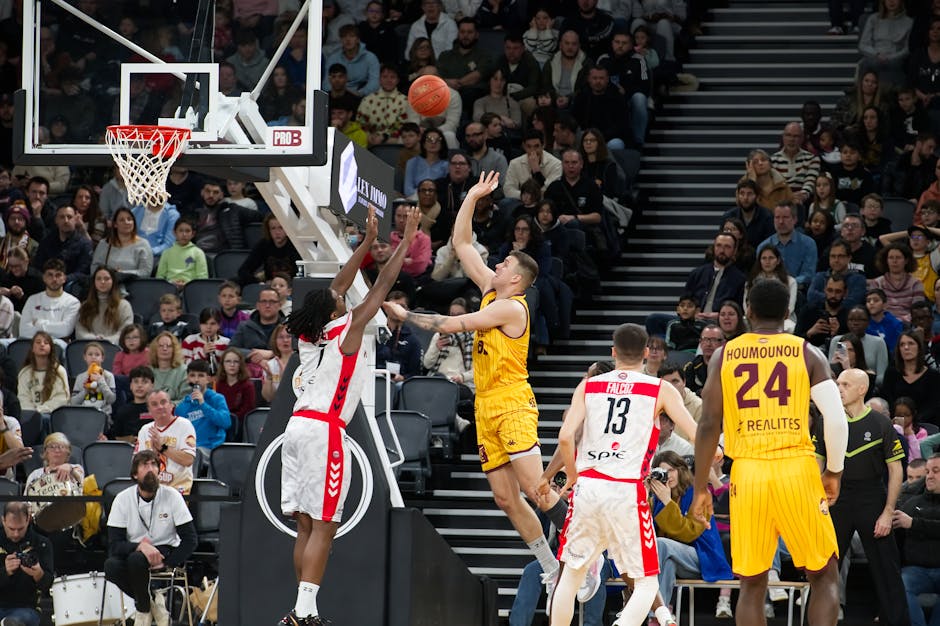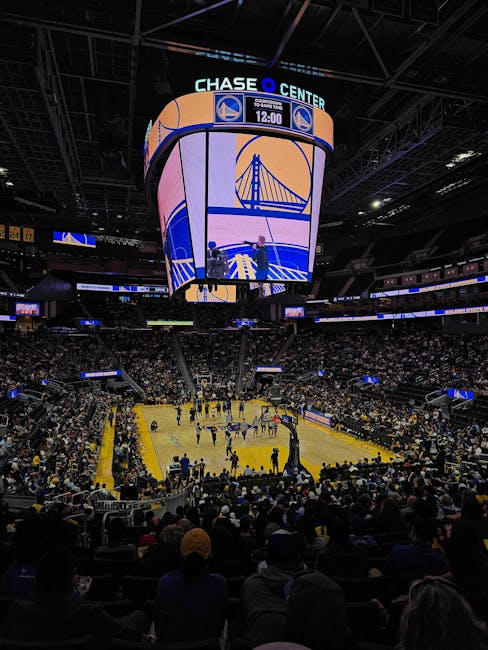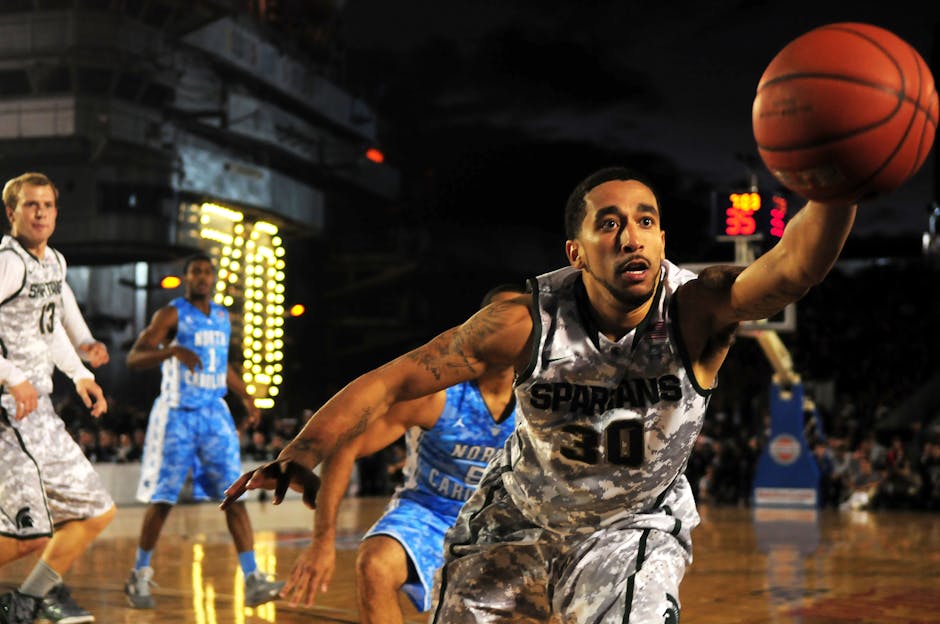Unveiling the NBA’s All-Defensive Teams: A Deep Dive into Defensive Prowess
Unveiling the NBA’s All-Defensive Teams: A Deep Dive into Defensive Prowess
The NBA is a league renowned for its offensive firepower, with electrifying scores and breathtaking displays of skill. However, behind every championship-caliber team lies a formidable defense, a wall of tenacity that stifles opponents and dictates the pace of the game. The All-Defensive Teams, announced annually, represent the pinnacle of defensive excellence in the league, recognizing the players who consistently excel in guarding the opposition.
The All-Defensive First and Second Teams: A Historical Perspective
The NBA’s All-Defensive Teams, comprised of a First and Second Team, are chosen by a panel of sportswriters and broadcasters. These individuals consider a variety of factors when selecting their candidates, moving beyond simple statistics to assess a player’s overall defensive impact. Factors such as steals, blocks, defensive rebounds, and on-ball defense all contribute to the final selection. But beyond the numbers, intangibles such as defensive leadership, positional versatility, and the ability to disrupt an opponent’s offensive flow are also critically evaluated.

The history of the All-Defensive Teams reveals a fascinating narrative of defensive dominance. Legends of the game like Michael Jordan, Scottie Pippen, Dennis Rodman, Hakeem Olajuwon, and Gary Payton have repeatedly graced these prestigious rosters, leaving an indelible mark on the league’s defensive landscape. Their presence on these teams underscores not just their individual defensive talent, but also the strategic importance of lockdown defense in achieving team success.
Analyzing the Selection Process: Beyond the Numbers
While statistics such as steals, blocks, and defensive rebounds undoubtedly factor into the selection process, they do not paint the complete picture. Advanced metrics, while increasingly influential, still cannot fully capture the nuances of individual defensive contributions. For instance, a player might not rack up many steals but consistently disrupt an opponent’s offensive rhythm through astute positioning and timely rotations.
The subjective nature of evaluating defensive performance underscores the expertise and experience required from the selection panel. They must consider a player’s ability to anticipate opponent movements, their effectiveness in switching defensive assignments, and their overall impact on disrupting the flow of the opposing team’s offensive strategy. This subjective element makes the All-Defensive Teams selections a subject of considerable debate and discussion among fans and analysts each year.
Evolution of Defensive Styles: From Grit to Analytics
The game of basketball has evolved significantly over the years, and defensive strategies have adapted accordingly. The old-school approach often emphasized brute force, physicality, and sheer tenacity. Players like Dennis Rodman became synonymous with relentless rebounding and suffocating interior defense, leaving a lasting impact on their opponents.
However, the modern NBA places increasing importance on analytical approaches to defense. Teams now utilize advanced statistical analysis and tracking tools to identify defensive weaknesses, optimize rotations, and tailor strategies against specific opponents. This emphasis on analytics has led to a greater appreciation for versatility, switchability, and the ability to defend multiple positions effectively. Players who excel in these areas are often highly sought after and valued within the modern NBA landscape.
The Rise of Positional Versatility in Modern Defense
The modern NBA favors players who can effectively defend multiple positions. The ability to switch seamlessly between guards and forwards, or even center, becomes incredibly valuable in neutralizing opposing offenses. This positional fluidity allows a team to deploy various defensive schemes, creating matchup problems for the opposition and disrupting their offensive flow.
The rise of versatile defenders reflects a broader strategic shift in the league. Coaches are increasingly prioritizing players who possess both offensive and defensive skills, minimizing weaknesses and creating a well-rounded team capable of adapting to diverse offensive strategies.
Impact of the All-Defensive Teams: Recognition and Legacy
Being selected to an NBA All-Defensive Team is a significant achievement, representing years of dedication, skill refinement, and unwavering commitment to defensive excellence. It is a testament to a player’s impact on the game beyond mere scoring and assists, highlighting their contribution to a team’s overall success.
The recognition associated with the All-Defensive Teams holds immense value for players, impacting their legacy and reinforcing their reputation within the basketball community. The recognition also often influences contract negotiations, as teams acknowledge and reward a player’s significant contributions on the defensive end.
Notable Players and Their Defensive Impact
Numerous players throughout NBA history have consistently earned spots on the All-Defensive Teams, cementing their legacies as defensive titans. Some notable examples include:
- Michael Jordan: Known primarily for his offensive prowess, Jordan’s defensive intensity and impact were equally legendary, often shutting down opposing teams’ star players.
- Scottie Pippen: A versatile and exceptionally gifted defender, Pippen consistently frustrated opponents with his combination of size, speed, and defensive IQ.
- Dennis Rodman: A unique and influential player, Rodman’s defensive tenacity and rebounding prowess redefined the role of a defensive power forward.
- Dikembe Mutombo: A dominant interior defender, Mutombo’s shot-blocking and defensive presence in the paint altered countless games.
- Gary Payton: Known as “The Glove,” Payton’s ability to shut down opposing point guards became a hallmark of his career.
These players represent just a fraction of the elite defenders who have shaped the history of the All-Defensive Teams. Their consistent excellence underscores the vital role that defense plays in winning championships and shaping the NBA landscape.

The Future of NBA Defense: Emerging Trends and Predictions
The NBA’s defensive landscape is constantly evolving, with new trends and strategies emerging annually. One notable trend is the growing emphasis on switchability, allowing teams to effectively defend various offensive schemes without significant adjustments. The future will likely see even more sophisticated analytical approaches to defense, leading to more data-driven decisions and strategies.

Predicting the future composition of the All-Defensive Teams is challenging, given the constant evolution of the game. However, it is safe to predict that the trend of versatile, analytically-minded defenders will continue, with players exhibiting both exceptional athleticism and defensive intelligence dominating the selection process. Players who can effectively defend multiple positions and contribute meaningfully to various defensive schemes will likely have a significant advantage in the years to come.
In conclusion, the NBA’s All-Defensive Teams represent a significant achievement in a league often focused on offensive brilliance. Analyzing the evolution of defensive strategies, the selection process, and the contributions of legendary players paints a compelling picture of defensive excellence and the ever-changing landscape of the modern NBA. The All-Defensive Teams serve not only as a celebration of individual prowess but also as a testament to the crucial role of defense in determining championships and shaping the league’s legacy.







